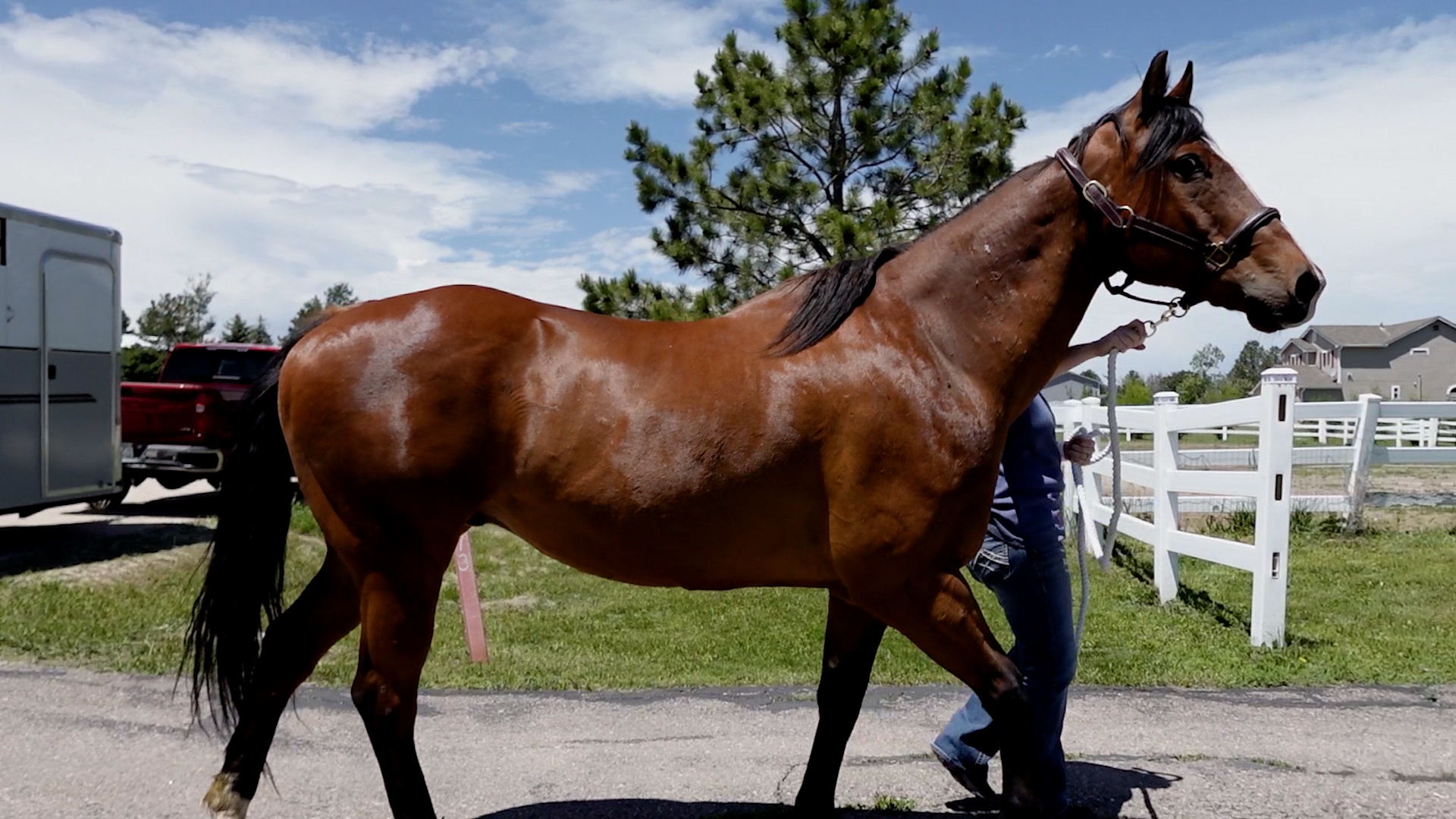We all love our groundwork, right? I mean, I do! It helps me to establish a relationship with my horse because I can pay attention to them, and they pay attention to me.
Did you know you train him every time you are with your horse? From early in the morning when you are feeding him to the stall cleaning. Every interaction is training. We tend to focus our thinking that only when we are deliberately ‘training’ our horses that we are training them. But even the small, inconsequential moments like brushing the flies away in the barn or moving a wheelbarrow in his stall are training moments.
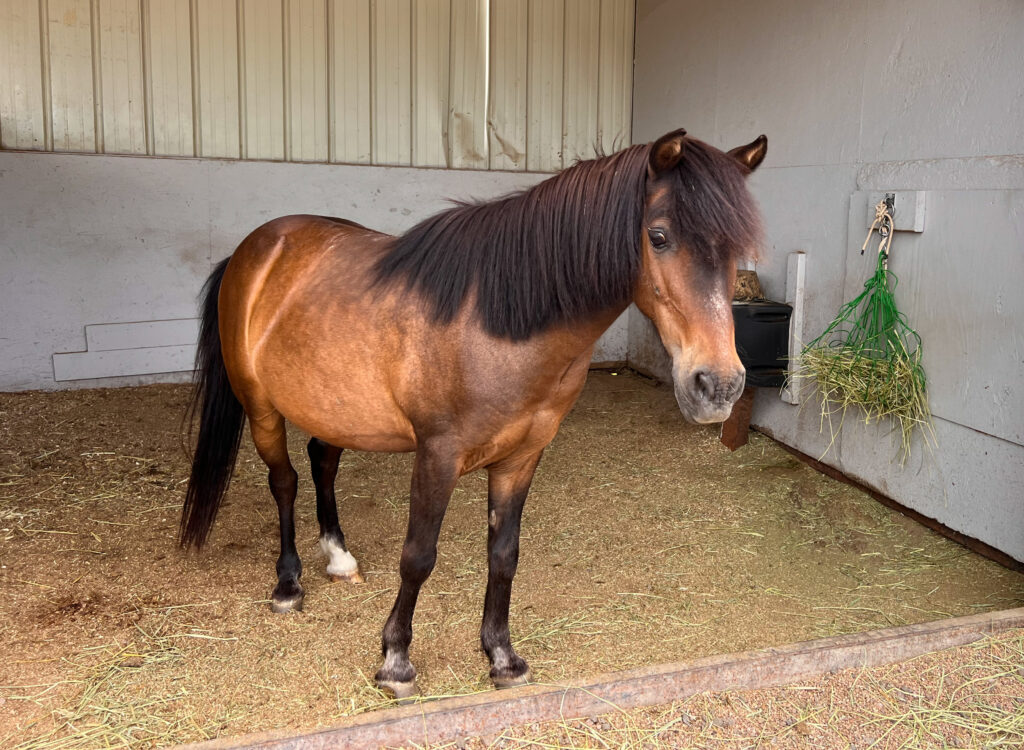
So think about that the next time you are out with your horse. It will help you to realize that every time you are with your horse, you are actually doing some training. But in case you are here to find some ‘real’ groundwork exercises, I have collected a bunch of them for you here.
10 Essential Groundwork Exercises
Groundwork exercises are fundamental training techniques that are conducted while interacting with a horse on the ground, out of the saddle. These exercises help establish a solid foundation for communication, trust, and respect between you and your horse. Groundwork is particularly valuable for building a strong partnership before progressing to riding, and it’s also useful for addressing behavioral issues, improving responsiveness, and enhancing overall handling skills.
Here are some common groundwork exercises you can work on when you are with your horse.
1. Leading
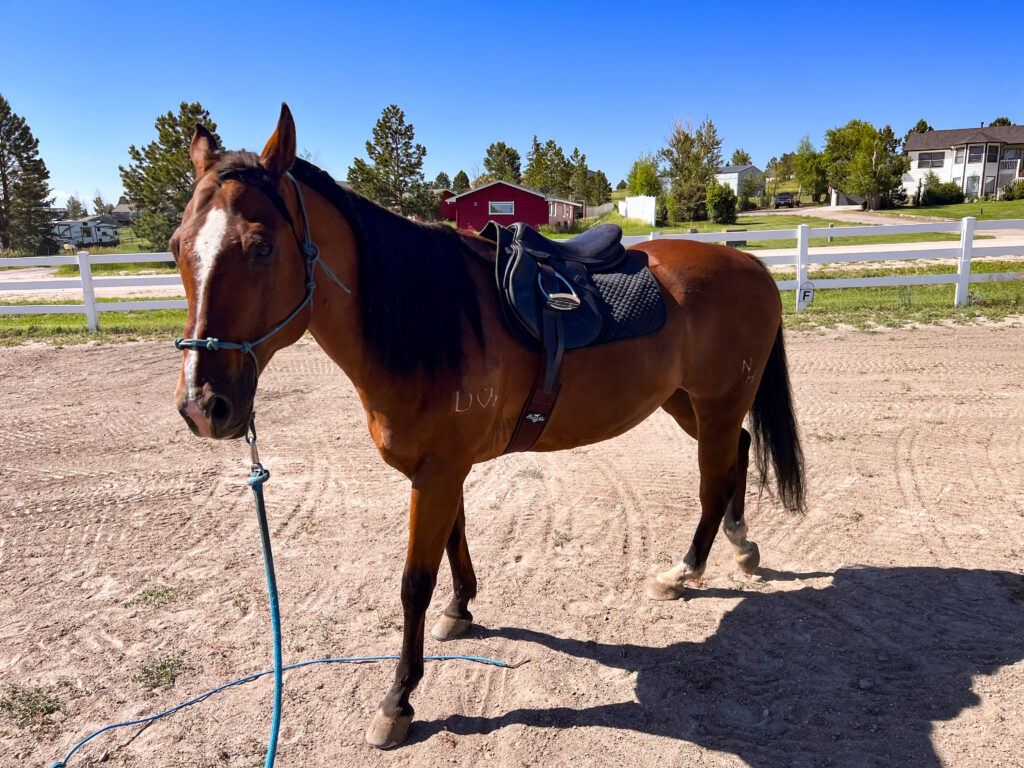
It may not seem like leading your horse is groundwork, but it really is. Remember what I said earlier? Every time you are with your horse, you are training. And there is no better place to start than with leading.
Teach your horse to walk respectfully beside you. Practice starting, stopping, turning, and backing up while maintaining a comfortable distance.
And while we are on the topic of leading, or groundwork in general, I do find that doing all of the groundwork exercises work best when I am using a knotted rope halter. Actually, I use knotted rope halters 99% of the time with my horses because they work so well.
2. Yielding to Pressure
Gently apply pressure to different parts of your horse’s body (shoulders, hindquarters) and encourage them to move away from that pressure. This exercise helps establish respect for your personal space and encourages responsiveness to cues.
3. Desensitization
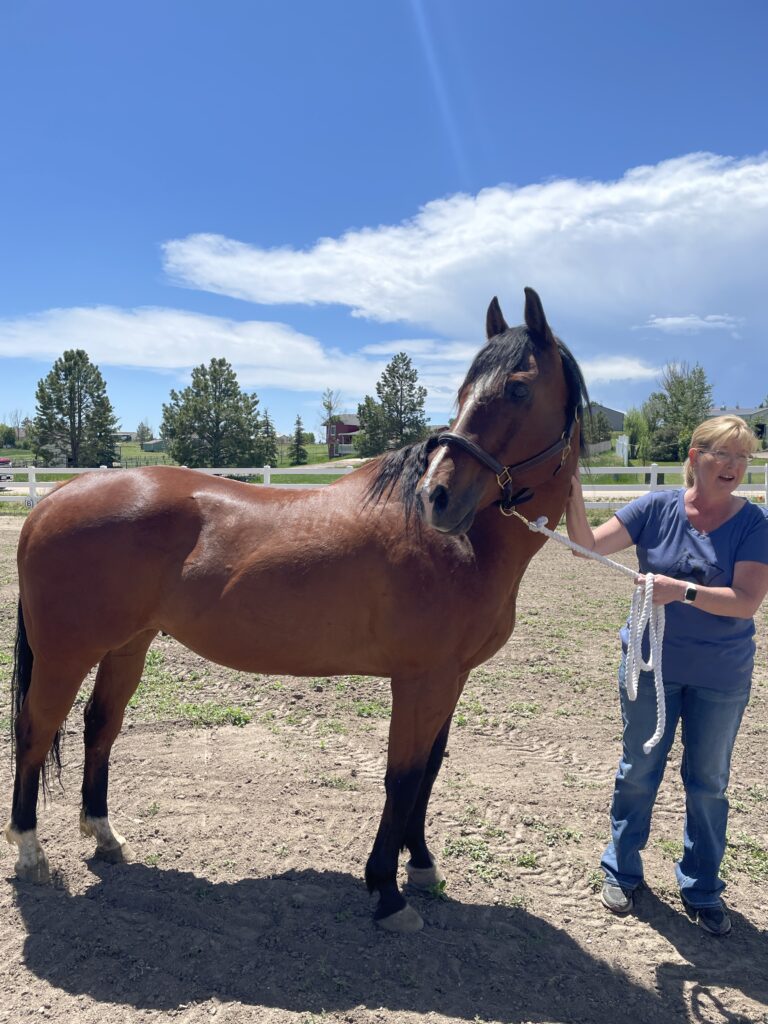
I learned something so cool that I have to share it with you because it’s just fun! It’s something really fun and easy to do, laugh at your horse. I know that sounds ridiculous, doesn’t it? But if you want to desensitize your horse to scary objects, this really works.
The premise is simple. Anytime your horse reacts to something ‘scary,’ laugh at him. It doesn’t have to be an over-exaggerated laugh. Just laugh. You will be surprised at how well this works. I’m not sure if it’s because your horse is offended because you laughed at him, or it takes his focus someplace else. But it works.
Essential Groundwork Exercises
Instead of getting nervous or anxious yourself when your horse gets nervous or silly about an invisible ghost, give a good laugh and see how your horse reacts. Your results might shock you. I know it shocked me when I first did it with my horse. Now when I laugh at him, and I mean at him, literally pointing a finger and laughing at him, he calms down. It’s pretty funny.
And you can also work on desensitizing your horse to ‘scary’ things.
Introduce your horse to various objects and sensations they might encounter. Gradually expose them to things like plastic bags, tarps, umbrellas, and other “scary” objects. The goal is to help them remain calm and curious rather than fearful.
4. Ground Tying
Teach your horse to stand still when tied without needing constant pressure on the lead rope. This is a crucial safety skill for grooming, tacking up, and other activities.
5. Lunging
Teach your horse to lunge on a circle at different gaits. This exercise helps improve their fitness, responsiveness to voice commands, and their ability to maintain a steady rhythm. Just make sure you have a long lunge line meant for lunging work.
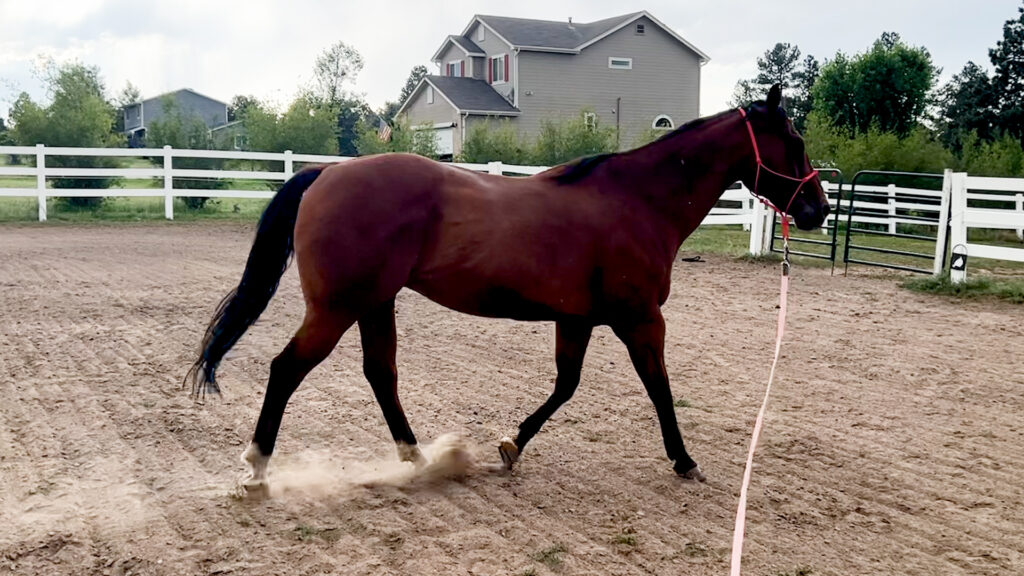
The first few times you do this, your horse probably will be on autopilot, especially if he is nervous. When I am getting Timon ready to work, I always lunge him first. I want to ‘see’ what frame of mind he is in. When I first started working with him, I could ask him to walk, trot, canter, gallop, run away, or whatever, and he would ignore me.
Essential Groundwork Exercises
So I just let him go around me in circles. I would lift the lunge line over my head as he literally ran around me in circles. Eventually, he would slow down. But he wasn’t paying attention to me at all. He was going through the motions of running around in a big circle.
Fast forward a month, and he gets it now. If I ask him to trot, he trots. If I ask him to canter, he canters. If I ask him to walk…you get it. By lunging him before I ride, I can physically see where his mind is. If he seems nervous or flighty, I give him tasks to focus on until he settles down, and then I ride him.
6. Backing Up
Train your horse to back up on cue. This can be useful in various situations, such as loading onto a trailer or moving away from an obstacle. Or something as simple as getting out of your space when you are in the stall with your horse.
7. Circle Work
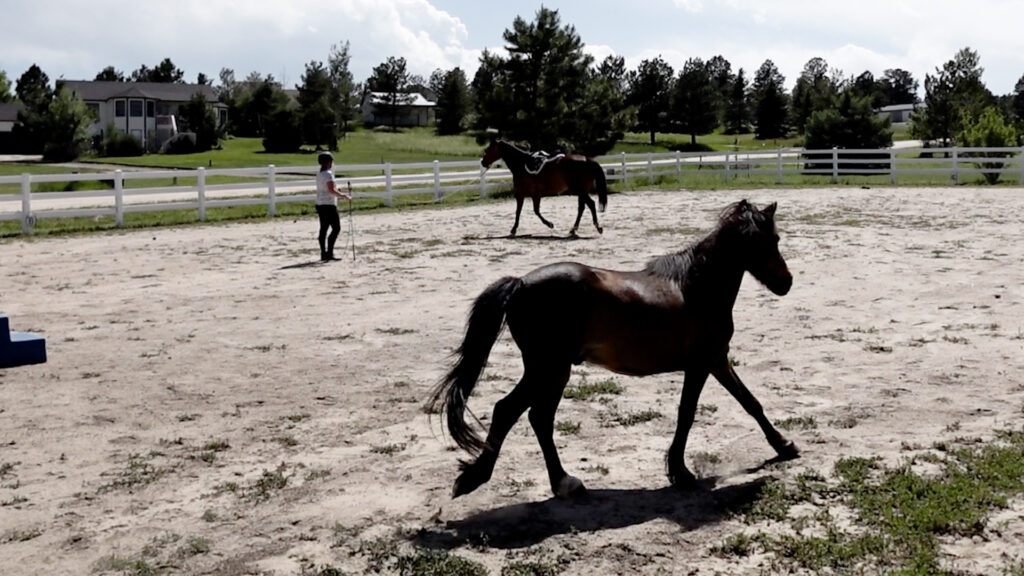
Encourage your horse to move in controlled circles around you. This exercise helps them develop better balance and flexibility. Be sure to work in both directions equally.
Just like people, horses have one side that they favor. By working on both sides, you will help your horse to be balanced and flexible going to the left as well as the right.
8. Obstacle Work
Set up obstacles like poles, cones, or small jumps for your horse to navigate from the ground. This enhances their coordination and responsiveness.
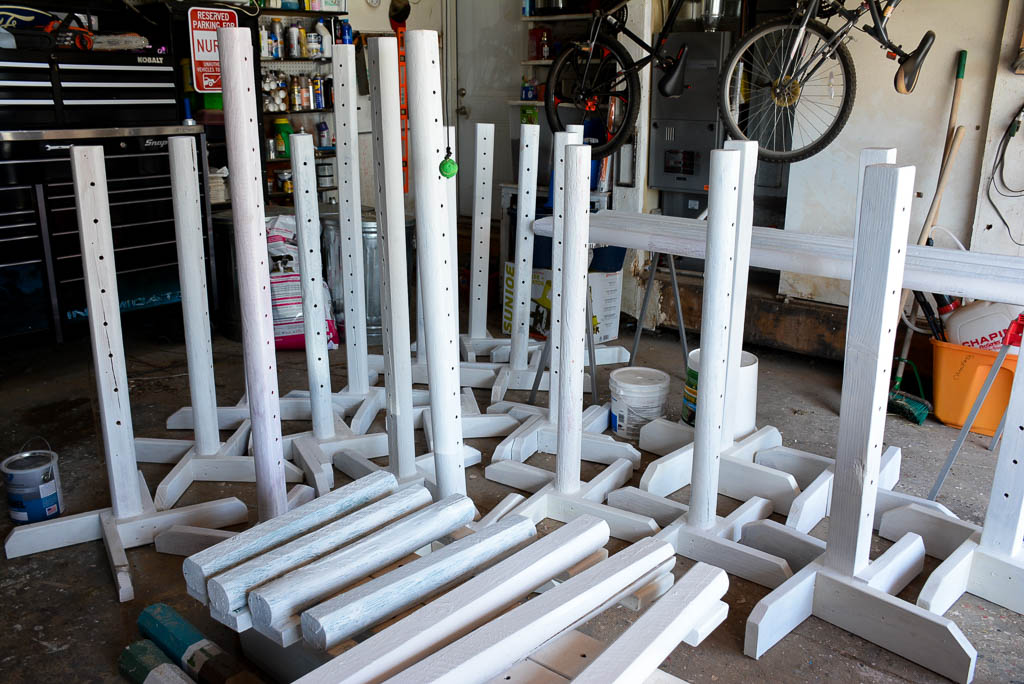
9. Desensitizing to the Tack
This may sound silly if you have been riding your horse for a long time. But think about this… Does your horse stand quietly while he is tacked up? Or does he dance around you when you put the saddle on his back? Will he lower his head and accept the bit quietly? Or is it a wrestling match every time you try and bridle your horse?
Essential Groundwork Exercises
If your horse doesn’t stand like a statue when you tack him up, you need to work on desensitizing him to his tack.
Gradually introduce your horse to the feel of a saddle, bridle, and other tack while on the ground. This helps them become comfortable with these items before you start riding.
10. Transitions on the Ground
We all know the importance of working on transitions while we are riding, right? Transitions through the gaits help make our horses responsive to what we are asking of them. But did you know you can work on transitions while leading your horse too?
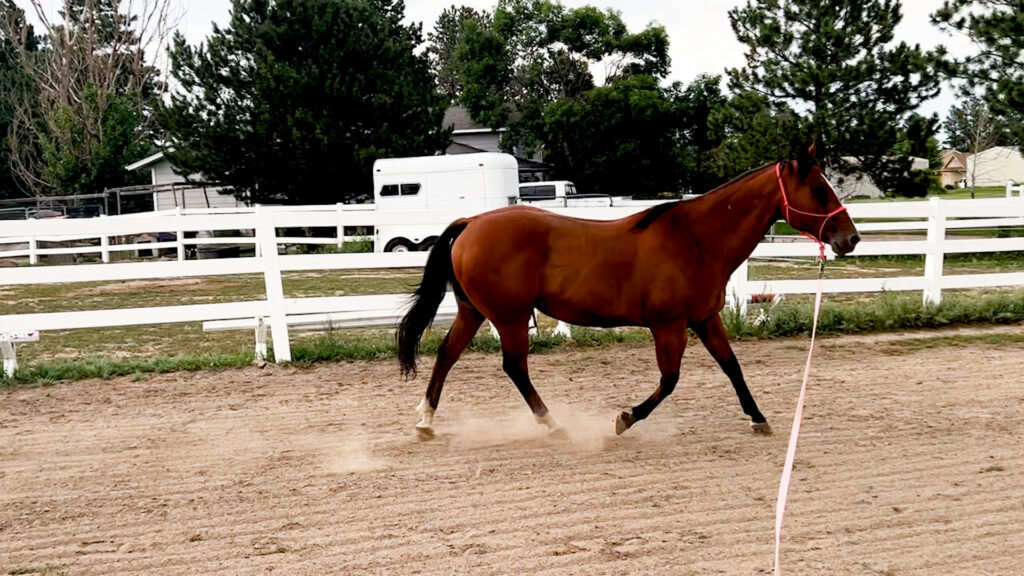
Practice smooth and prompt transitions between gaits while leading your horse. This improves their responsiveness and balance. Just remember to pay attention to how your horse is reacting to what you are asking of them. If they are really amped up, it’s probably not a good time to run around with them on the end of a lead rope. Remember, horses are flight animals. And it’s up to you to know how to read your horse before asking for the next level of anything.
10 Essential Groundwork Exercises
When conducting groundwork exercises, remember the following principles:
Use clear and consistent cues: Use both verbal and physical cues that your horse can easily understand.
Stay patient and calm: Horses can sense your emotions, so maintaining a relaxed demeanor is essential.
Reward and release: Offer praise, pets, or treats when your horse responds correctly.
Gradual progression: Start with simple exercises and gradually increase the complexity as your horse becomes more confident and responsive.
Groundwork builds a strong foundation for your horse’s training and deepens the bond and mutual understanding between you and your equine partner.
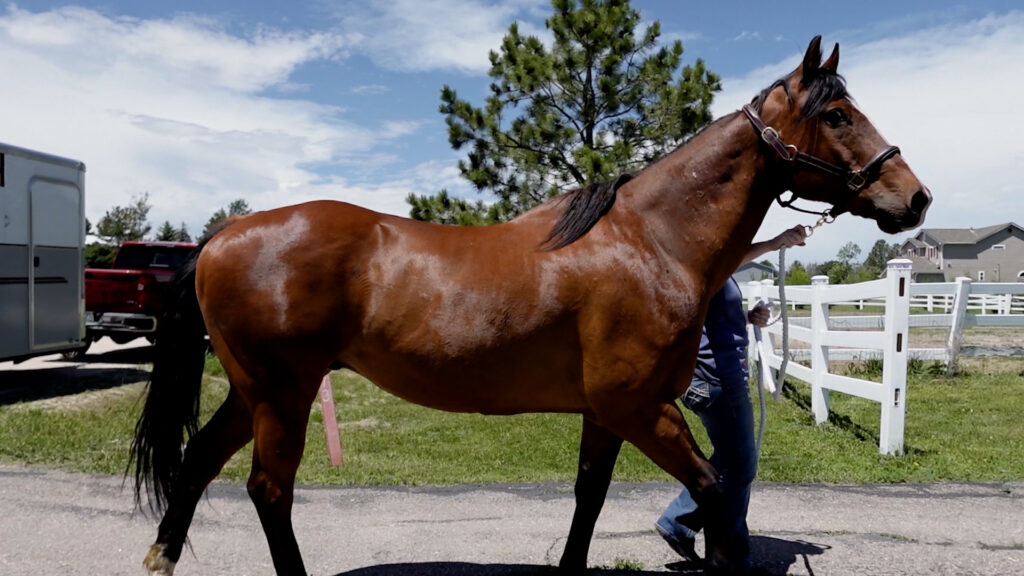
Essential Groundwork Exercises – Start Today!
If your horse is pushy or disrespectful, earning his respect on the ground is imperative. It isn’t something that can be done overnight. However, with practice and repetition on your part, you will have a better relationship with your horse.
